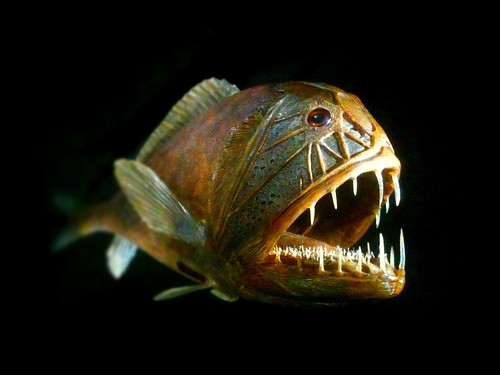Just been asked a question on Twitter:
Why did Bell & Ross, Sinn, Beuchat, etc all try and make a seriously WR watch in the mid-90s?
So I thought I'd try and write down some thoughts.
In the history of deep watches, Rolex were the first, with their Deep Sea Special on 30 September 1953; the Bathyscaphe Trieste, piloted by Auguste and Jacques Piccard, took the watch down deeper than any other mechanical item had ever been... "Your watch perfectly resisted to 3150 meters" Picard told Rolex.
Then, in 1958, the Trieste was acquired by the U.S. Navy who re-equipped it to reach deep ocean trenches (i.e. ludicrous depths).
Two years later, in 1960, Jacques Piccard and Navy Lieutenant Donald Walsh descended in the Trieste to the deepest known point on Earth - the Challenger Deep in the Mariana Trench in the Pacific Ocean. The two men made the deepest dive in history: 10,915 meters (35,810 ft), again with a "Deep Sea Special" fixed to the outside of the bathyscaph. The watch hold up to a pressure of 1,150 atm or 1,150 kgs per cm2. The following day Piccard sent another telegram to Rolex in Geneva saying "Am happy to confirm that even at 11,000 meters your watch is as precise as on the surface. Best regards, Jacques Piccard".
[above quote taken from the excellent article by BJSOnline and is ©BJSOnline.com, 2006]
Why it took another 40 years for someone else to have a go, is slightly more baffling...
Rolex had created a behemoth. A true sea monster. The domed crystal was only slightly smaller than St Paul's Cathedral, and the weight of the watch actually broke Picard's wrist (okay, I may have made some of this up). But, with the advent of quartz technology, advances in materials, and in particular, the ability to potentially flood an entire mechanism to create an "incompressible" watch, the race was on to build the next 11,000m watch...
I'm aware of three companies who appear to have all taken up a similar challenge during the 90s: Bell & Ross / Sinn and Beuchat. The latter are the only one of the three with diving credentials, having been making dive equipment for years (and also supplying their quartz "Abyss" watches to the French MN).
However, in the race to be the deepest, it was Bell & Ross, ably assisted by Sinn, who got there first, with their Hydro Challenger in 1997. It was, until recently, in the Guinness Book of Records. It is filled with Hydroil, a silicone oil, that not only makes the watch extremely legible, but also muffles the quartz movement, producing a silent-running watch. I had not appreciated the that quartz watches were so noisy, but B&R obviously did...
Beuchat appeared to lose out slightly, although, in my opinion, they created the more interesting watches - and possibly the more interesting tech. I only have a 4,000m resistant Genesis HPS model - and am on the lookout for the 6,000m-rated Abyssal. Exactly what approach they took is under some debate, as there are very few of the original Beuchat watches around - and the company itself has fallen on hard times...
Why did they do it? Perhaps just because they could. But whatever the reason, I'm glad they did. And I hope people keep trying to go deeper, be better.
But that's probably just me...
But that's probably just me...

No comments:
Post a Comment